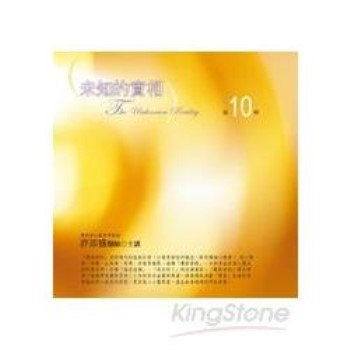In the 1960s, a new addiction-treatment industry arose in America in response to an epidemic of drug use. Over the next five decades, its leaders made a relentless push to rehabilitate the casualties of America’s growing drug culture—even as rates of incarceration for drug-related offenses climbed. Based on extensive interviews with drug-rehabilitation professionals and archival research, The Recovery Revolution writes a history of the development of these programs as well as the cultural and political uses of the drug-treatment industry and its impossible promise of a drug-free America.
Synanon, a drug-treatment program launched in California in 1958, emphasized a community-based approach to rehabilitation. It led to the development of the therapeutic community (TC) model, which encouraged peer confrontation as a path to recovery. While Synanon became embroiled in controversy for its increasingly unorthodox methods, the TC practice spread rapidly throughout the country, complementing the changing mores regarding drug use and rehabilitation. In the 1970s, the Nixon administration promoted the TC approach to treat heroin users as part of its "law and order" policies. The Reagan administration then folded TC treatment into its Just Say No campaign, synthesizing political, medical, public health, and business and marketing interests. TC providers subsequently began fighting to stay relevant. Their response to the rise of the carceral state and shifts in public opinion toward drug users, Clark shows, continues to affect drug policy and rehabilitation efforts.











